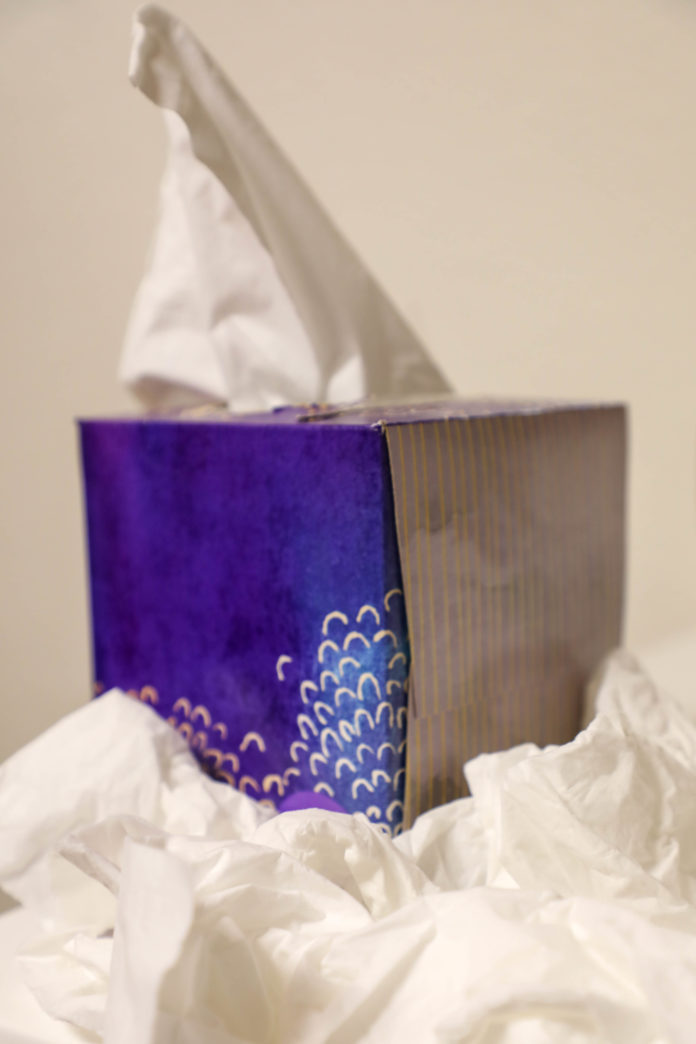
By Lucy Ruscitto | Staff Writer
Each year from the months of December to February, Central Texans prepare themselves for “cedar fever” season, the annual seasonal allergy anomaly — and Waco is no exception.
Dr. Sharon Stern is the medical director of the Baylor University Health Services. Stern is a medical practitioner and has experience with allergies, as she has been at Baylor for 27 years.
Stern said with more intense winter weather, temperature drops and wind, the pollen takes flight more easily and is able to permeate the air better.
The term “cedar fever” came from the mountain cedar that creates the pollen that causes the allergy symptoms. This is one of the few trees that triggers allergic symptoms in the cold winter months. During the winter, the pollen from mountain cedar trees searches for female trees to plant their seeds, so that in the spring and summer months the plant is ready to duplicate itself during, according to an article by RediClinic.
“These types of trees are wind-pollinated, which means they produce a huge amount of pollen,” Stern said. “It’s just like what they used to call hay fever, which is just allergies. Sometimes it affects people’s noses more or their eyes more. It can even affect your scan your lungs, so it can be very impactful.”
Sunnyvale freshman Katie Threet said she suffers from severe allergies and has seen herself show symptoms this time of year.
Threet said that she has always has allergies, but since coming to Waco, has noticed they have gotten significantly worse during the more recent colder months.
“In high school, I would have to go home sometimes. My eyes would
start watering. It would look like I was crying really bad,” Threet said. “I sneezed a lot, and wouldn’t really want to do anything, just go to sleep.”
Stern says sometimes with the allergy symptoms of cedar fever, it can be difficult to discern the difference between a cold and an allergy attack.
“An allergy attack makes you feel like you have a fever,” Stern said. “You may be sneezing and your eyes are watering and itching, it makes you feel physically ill.”
The Baylor Health Center provides allergy shots for those students afflicted by severe reactions. Stern recommends students take charge of their allergies both head-on and preventatively.
“Once a student has been diagnosed with allergies and we know what their allergies are, they can get their serum from their allergist,” Stern said. “It can be sent here and we’ll give them allergy shots as often as they are supposed to take them.”
Additionally, Stern said all students who know they have relenting allergy symptoms should take precautionary steps to ensure they stay under control. She said that nasal steroids are the best method for at-home allergy help, and them preemptively will reduce symptoms.
Stern said additional measures students can take are physical measures within their homes, such as making sure all windows stay shut, washing bed sheets often, using mattress and pillow covers and showering frequently.
Threet says she also uses over-the-counter allergy medicines every day in order to slow down and take control of her symptoms. Stern agreed with Threet and said the over-the-counter antihistamines are “great to use when worried about allergic reactions.”





